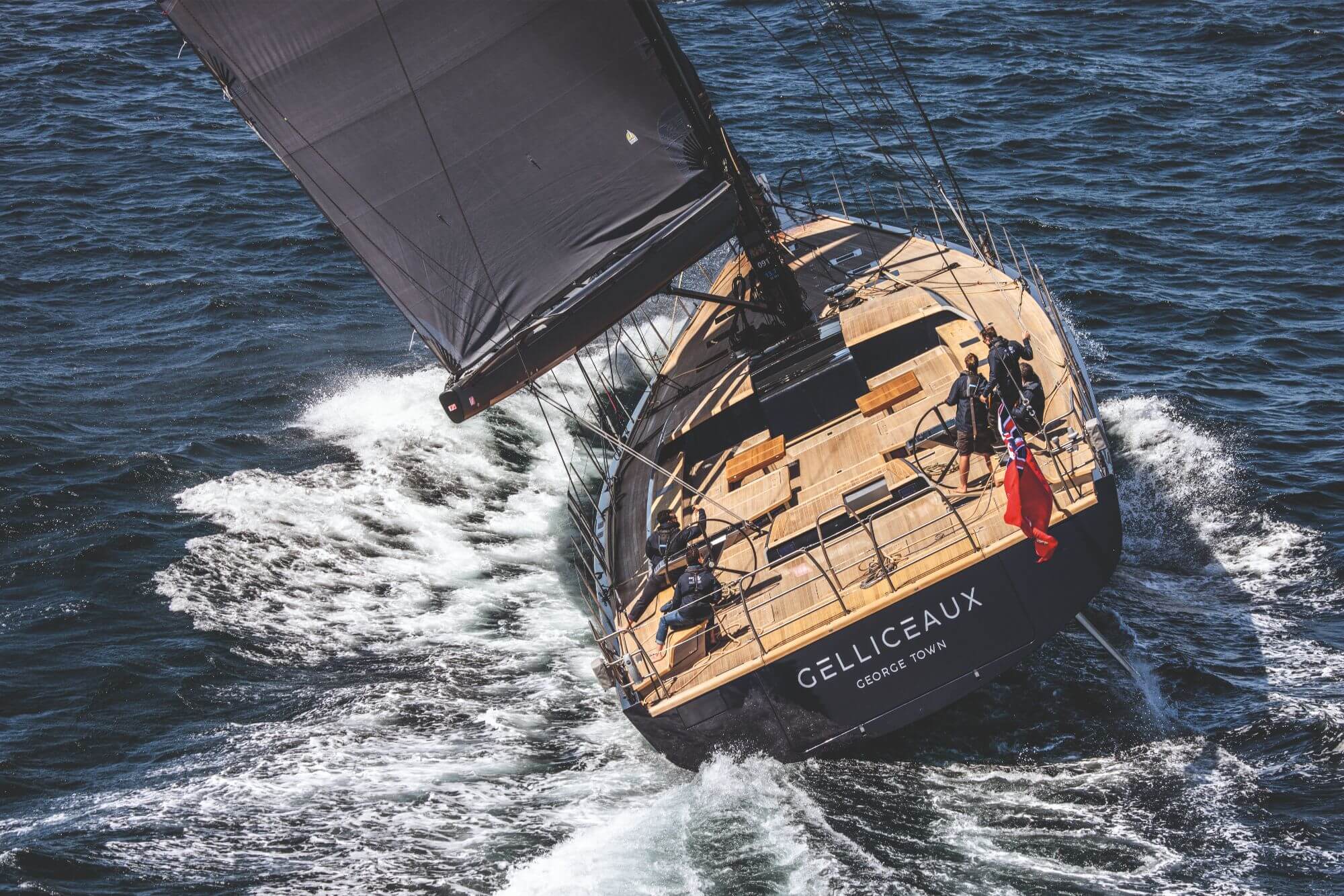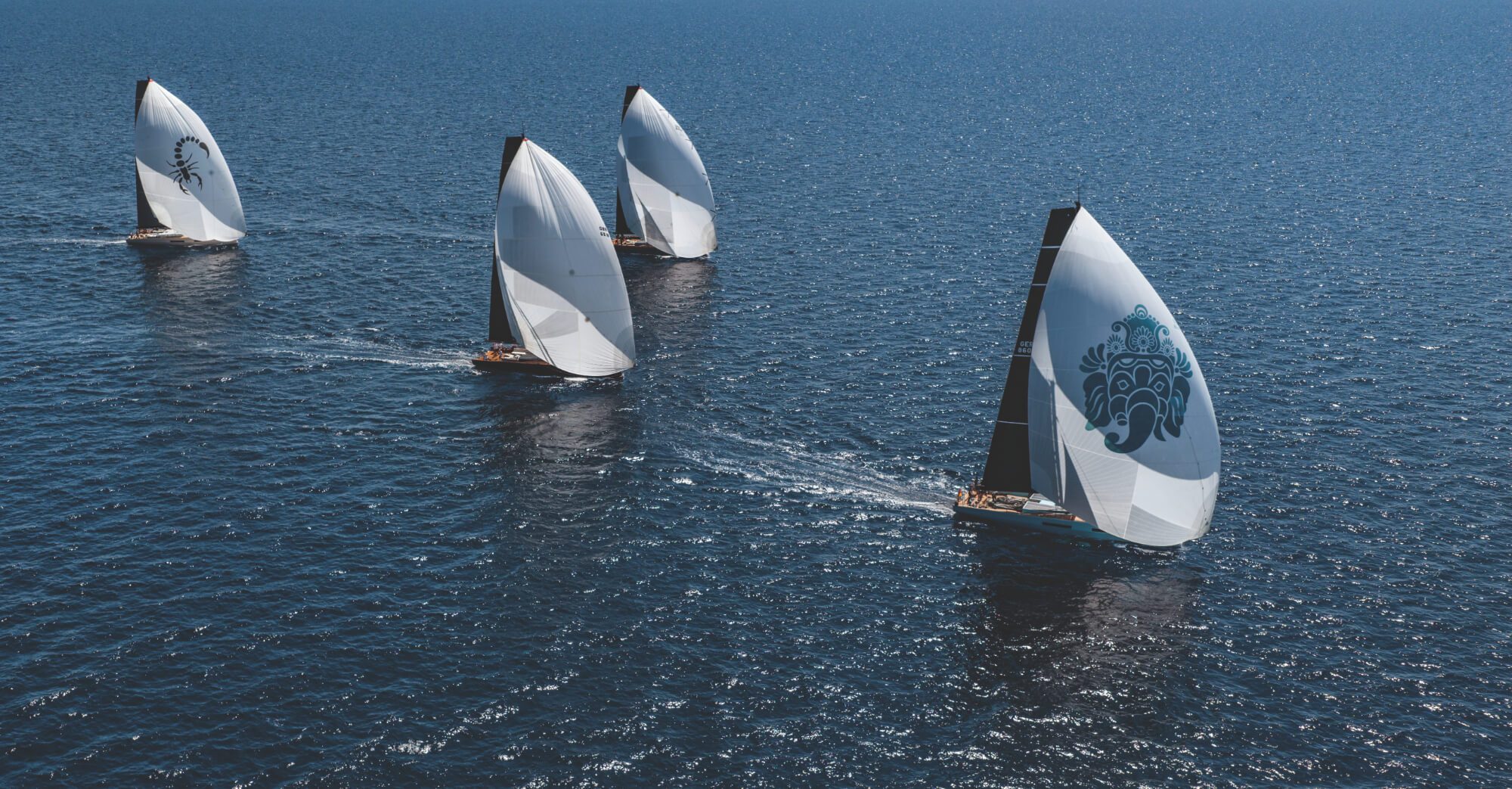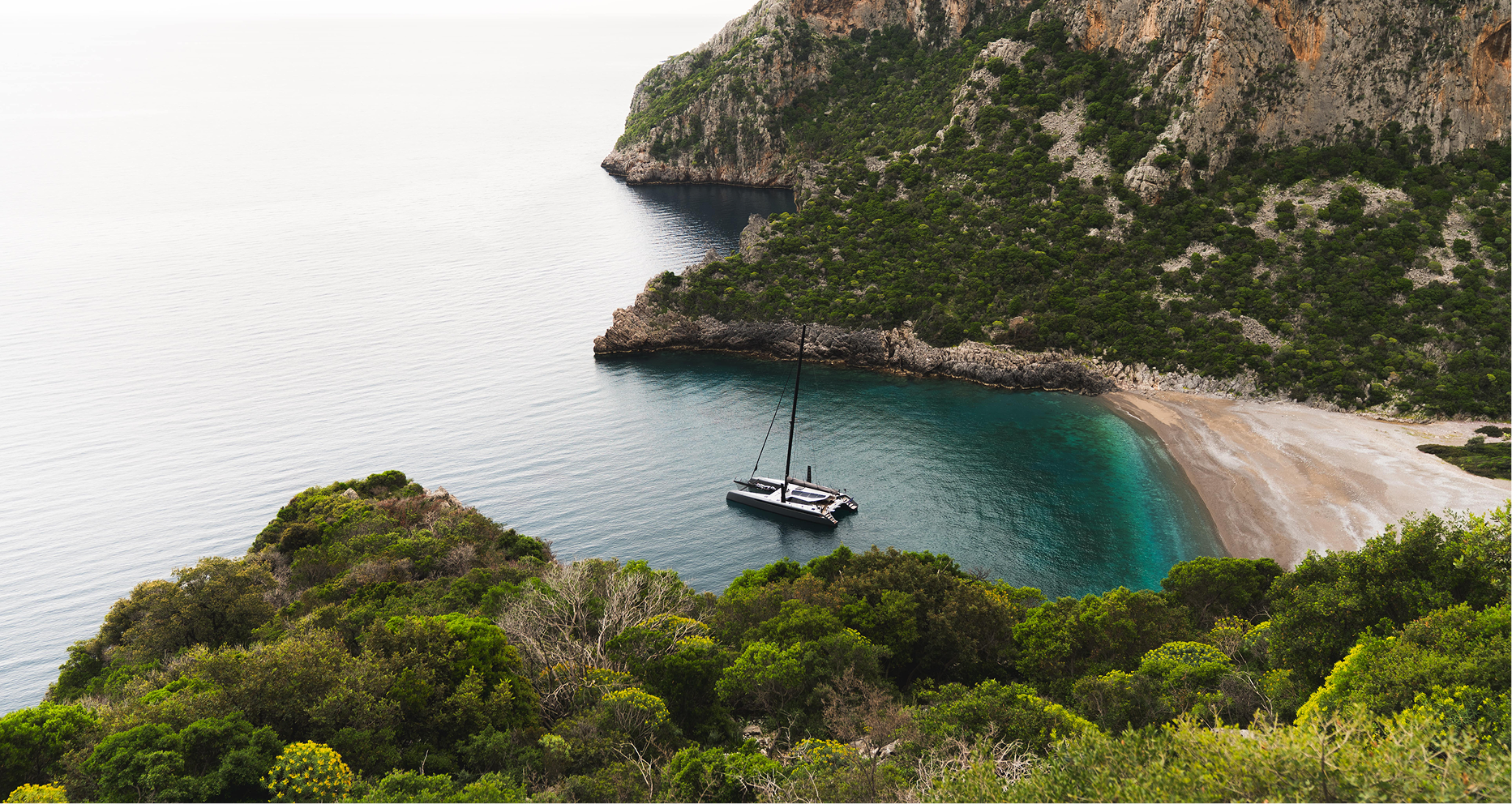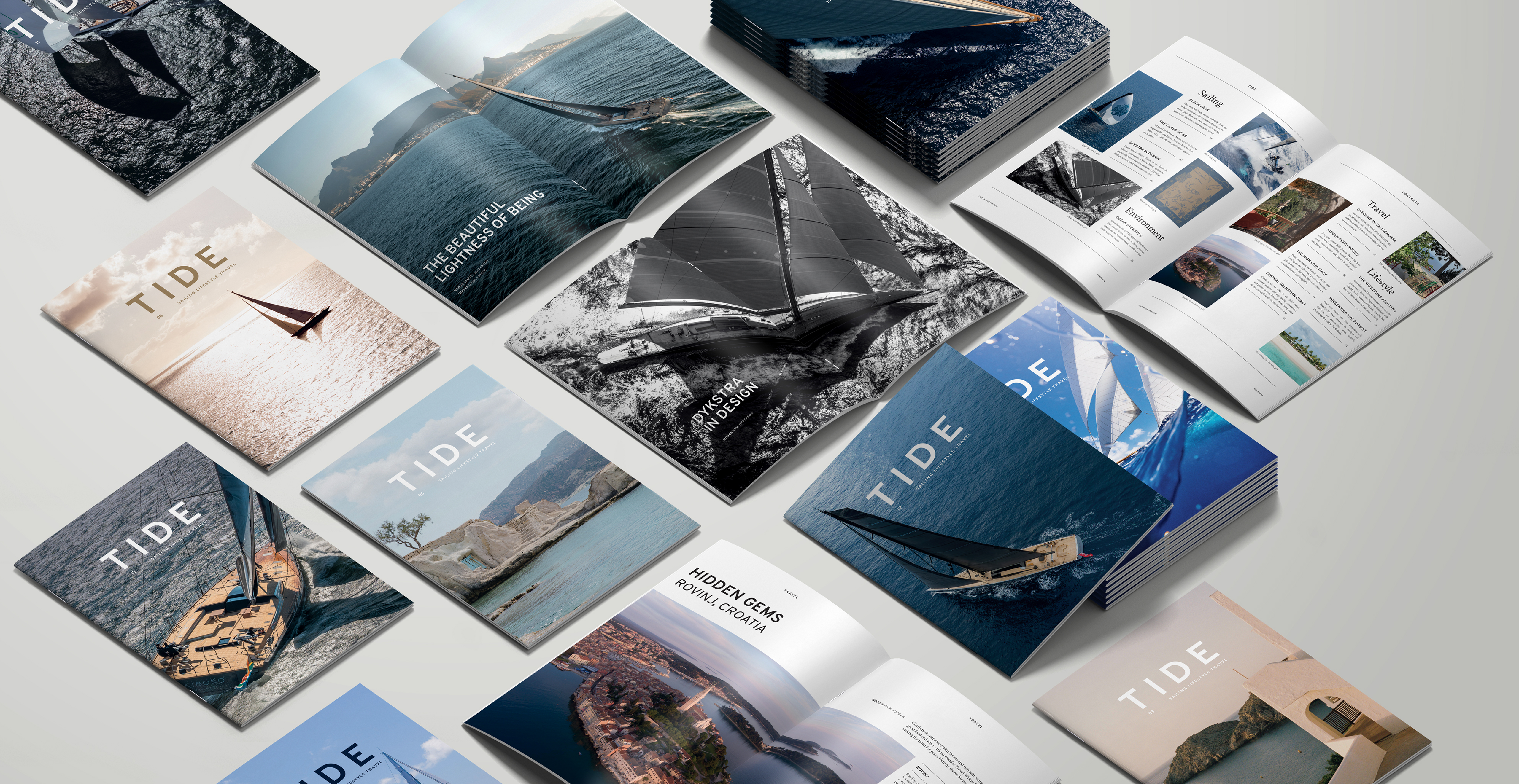The green revolution within the boat-building industry continues apace with the launch of Southern Wind’s Smart Custom 108. This is hull number one in this range of high-performance luxury cruisers from the South African yard and the first boat they have built that has been specifically conceived and engineered for hybrid diesel-electric propulsion. The results are compelling.
In custom builds, the relationship between prospective owner, designer and builder is pivotal to the outcome and it was the initial vision of the owner that drove Southern Wind to build a yacht tailored to diesel hybrid propulsion. Yann Dabbadie is Technical Manager at Southern Wind and has an intimate knowledge of the project. He explains how the relationship between owner and builder can drive a project forward. “On Gelliceaux, the owners aspired to elevate the standards not only in terms of technical excellence but also in aesthetics and style. The husband, with a background in electrical engineering, expressed a keen interest in actively contributing to the boat’s technical development,” he reveals.
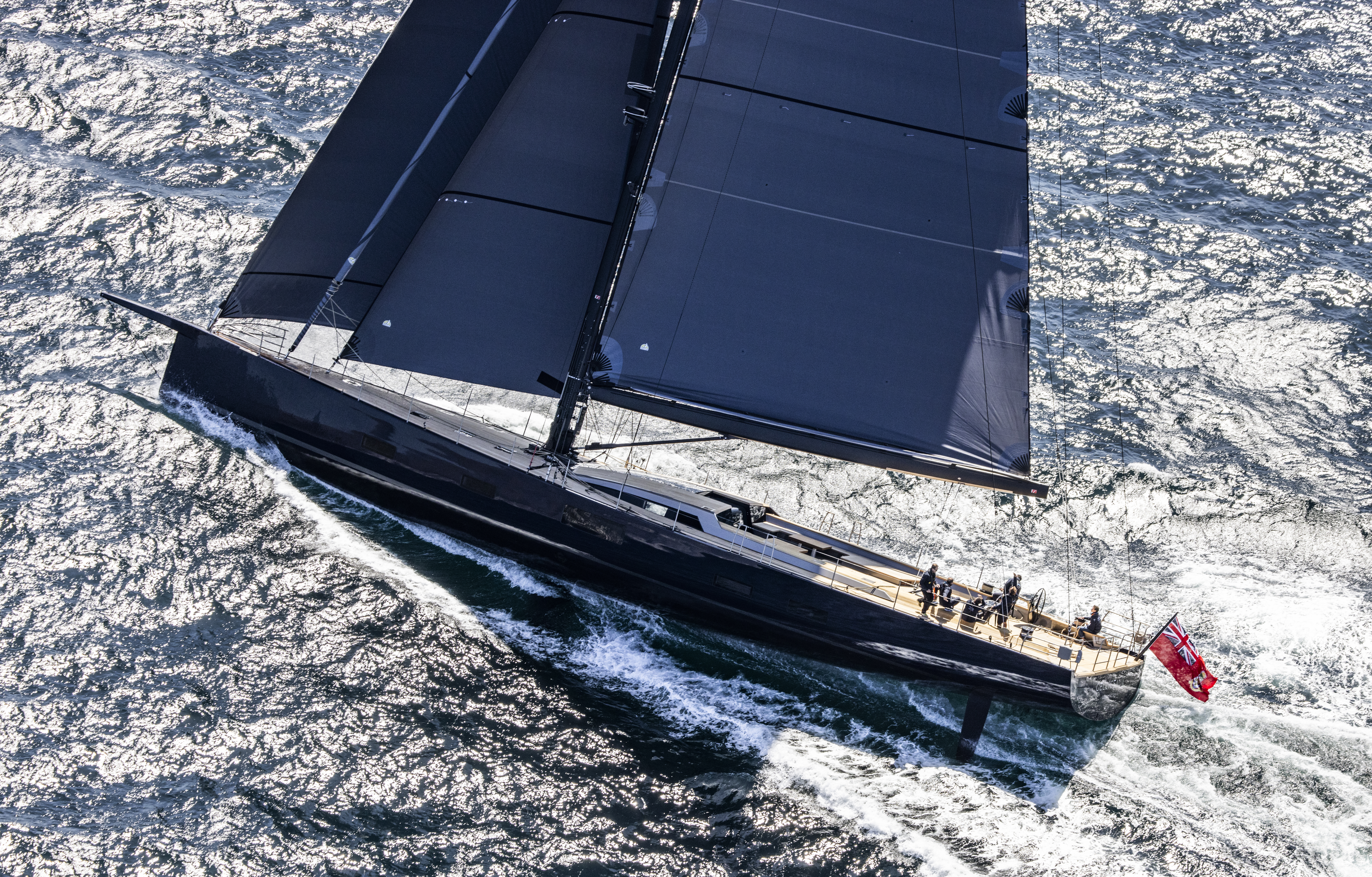
“This collaboration sparked a highly creative synergy between us. A pivotal element for him was the integration of diesel-electric technology, enabling the boat to incorporate cutting-edge innovations while efficiently regenerating electricity during sailing.
“Meanwhile, the wife had distinct interior styling preferences that deviated from our previous boat designs,” Dabbadie shares. “To achieve their vision, extensive research and development efforts were undertaken before finalising all the intricacies, resulting in the creation of this remarkable vessel.”
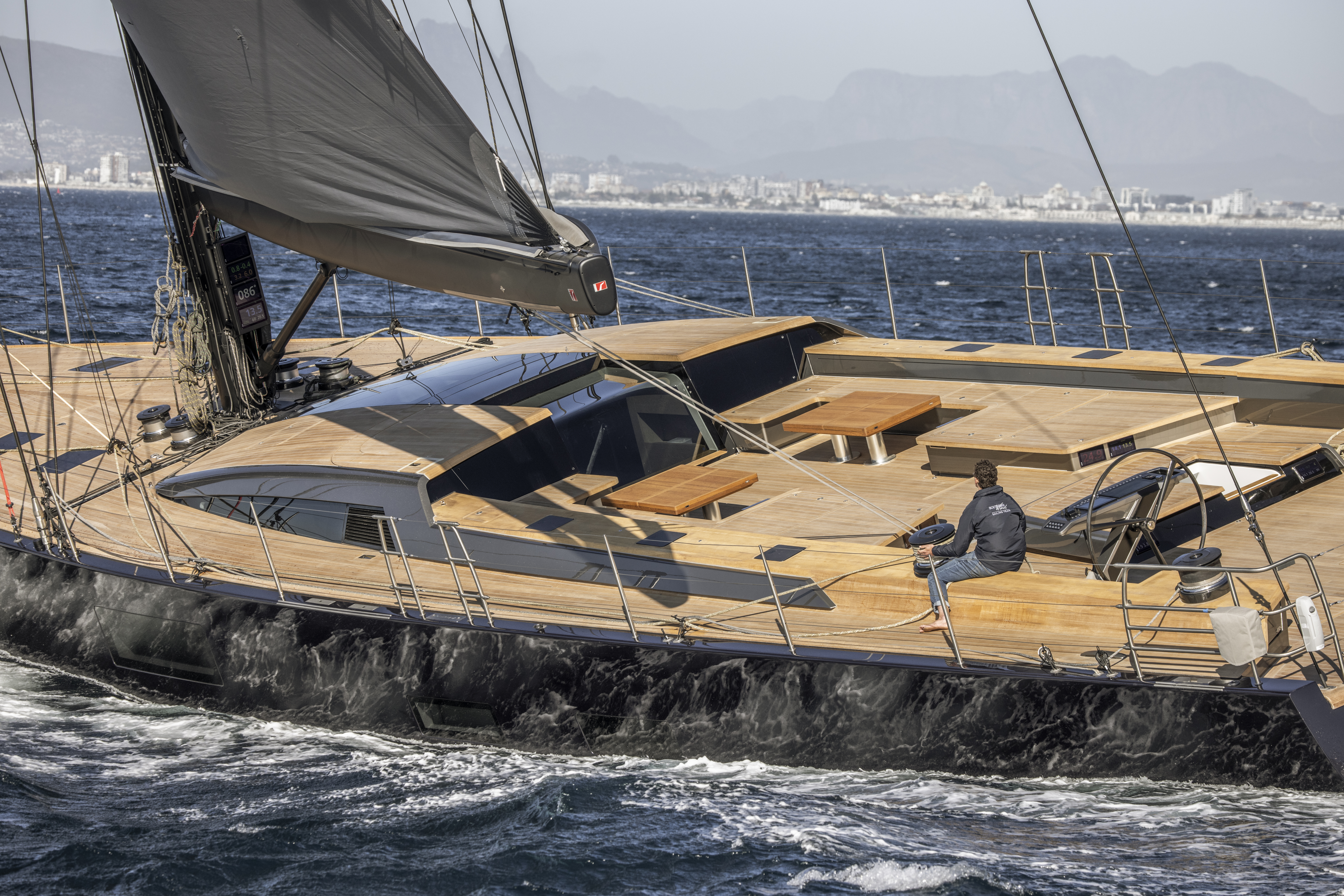
To add to the challenges presented, the owners also wanted a boat that would be competitive in Superyacht regattas and the yard turned to the expertise of Farr Yacht Design to help come up with the solution to this exacting brief. Farr previously worked on the groundbreaking hybrid powered Superyachts Canova from Baltic Yachts (see page 36) and Southern Wind’s 96’ Nyumba, so it was a logical choice. Jim Schmicker, Senior Naval Architect and Vice President at Farr, explains. “Incorporating the hybrid propulsion system into the overall design brief and especially with respect to the performance targets was the most challenging aspect of the design. The owners are so passionate about the sailing capabilities of the boat, including the competitive aspects, it was critical to get the balance of all the components (sail area, displacement, propulsion system performance, stability) correct.
“Hybrid propulsion installations are relatively heavier with larger in-the-water components than conventional propulsion systems for yachts of Gelliceaux’s size,” Schmicker explains. “To meet the desired performance level the greater displacement and higher component drag must be considered in determining the hull volume and the sail area. For the Southern Wind 108 the hull design can accommodate a range of displacements because the slope of the profile was
made steeper.
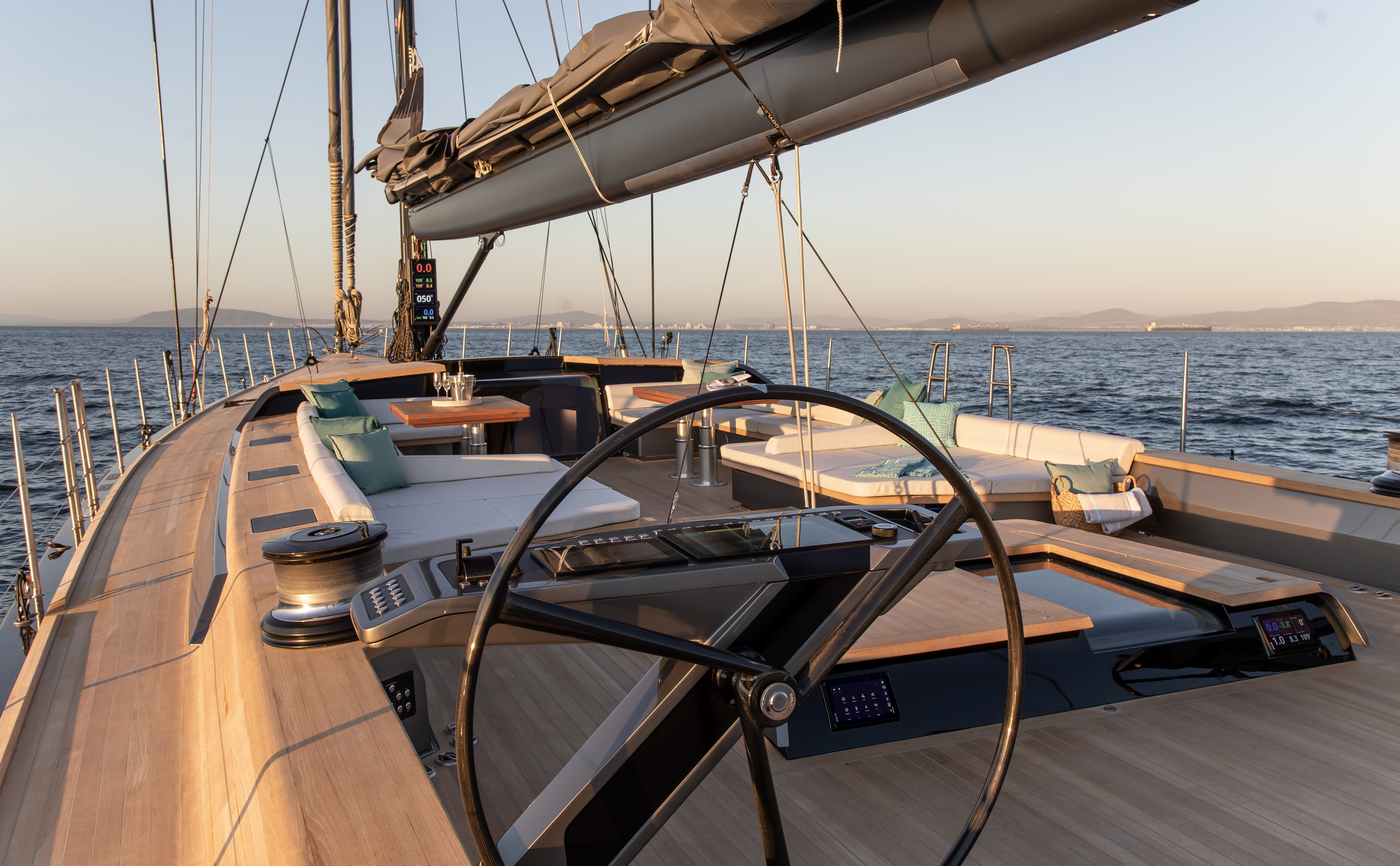
“The bow and transom were lifted so they would not become immersed for the higher displacement versions. The sail area for Gelliceaux is relatively 7 per cent greater than a conventionally powered version.”
On the water, it’s striking. This is a sporty, elegant yacht with a notably lower profile than many preceding models built by Southern Wind. The coachroof is low and barely interrupts the flush decks, while the towering rig adds to the impression of power and the fact that this boat is built for speed. Below the waterline, twin rudders provide grip and control, while the lifting keel features an unusually large bulb to enhance the righting moment and provide more power.
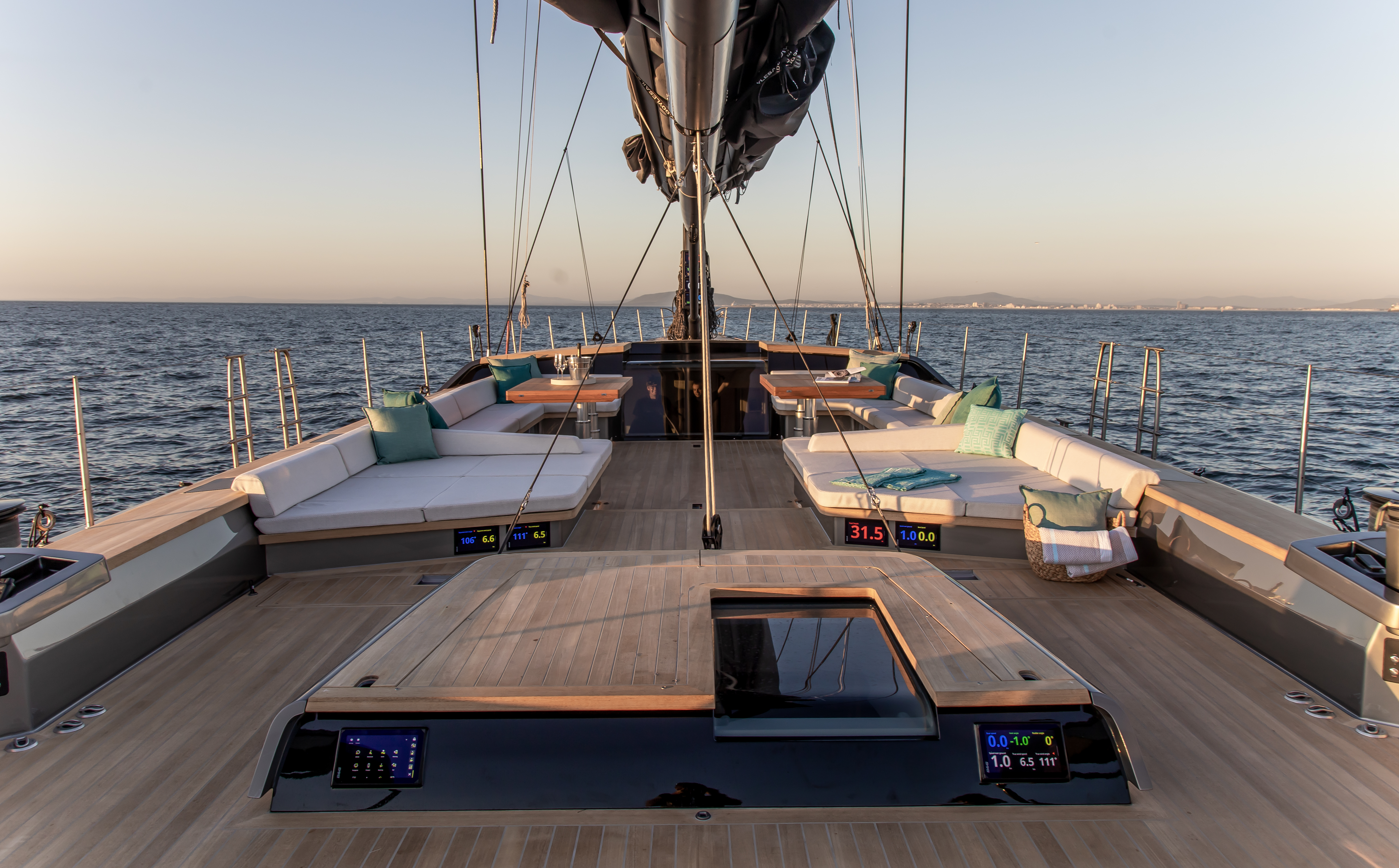
The interior has been designed by Nauta in close collaboration with the owners who plan to make long passages on the boat with their teenage children. To this end, the boat needed to be comfortable and practical to live aboard for long periods of time. The layout features four cabins with the owners’ quarters furthest forward and three guest cabins amidships and centred around the spacious and very light saloon which features relatively neutral colours with warm undertones, light-wood panelling and soft backlighting. Further aft is the crew area with galley, nav station and accommodation for up to six.
Yet the greatest challenge and achievement of this yacht is the integration of the hybrid power – no mean feat in a yacht of this size. Southern Wind turned to BAE Systems to achieve this. BAE recently developed its HybriGen propulsion system which incorporates a hydroregenerating propeller that can ‘virtually extend her range indefinitely’ according to Southern Wind. To this end, Gelliceaux is able to generate 35kW while sailing at 16 knots and 25kW at 14 knots.
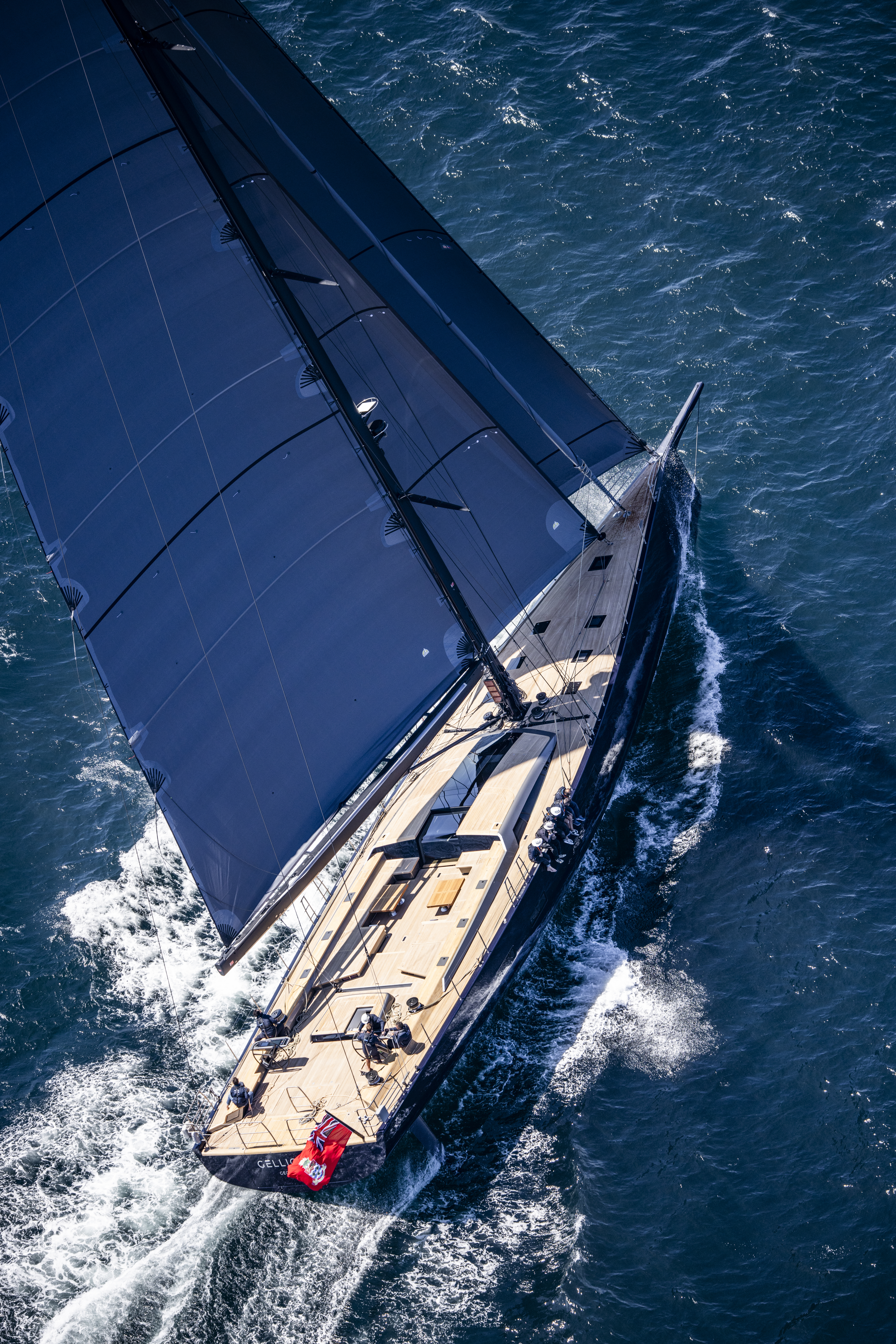
To integrate such a system is no mean feat, as Yann Dabbadie explains. “To achieve optimisation, it is essential to seamlessly integrate all aspects of it into the layout of the boat and the structural design. For instance, our goal was to centralise all high-voltage components at the midpoint of the boat, either inside the engine room or in its immediate vicinity. This strategic placement enables us to establish short, direct cable runs and efficient cooling systems, minimising weight, ensuring a centred mass and facilitating easier access.
“Gelliceaux boasts a variable pitch propeller that is dynamically optimised in real-time through an algorithm integrated within the BAE Systems control. From the user’s perspective, a single lever governs the propulsion, allowing control over desired power output. Depending on the conditions and boat speed, the pitch is automatically adjusted for manoeuvring or fuel efficiency or motor sailing. When sailing, pressing a button changes the system to regeneration and the same lever allows you to choose the amount of regenerated power. The algorithm then optimises the pitch and shaft RPM to maximise the power created while minimising drag. It’s a truly delightful experience for the user.”
This is a yacht which illustrates that hybrid propulsion can be achieved on a grand scale without sacrificing performance or autonomy. However, the bottom line is always sailing pleasure and, with Gelliceaux currently undergoing rigorous sea trials off the coast of Namibia, the signs are very promising, as Dabbadie attests. “Gelliceaux delivers plenty of enjoyment when sailing; she is nicely balanced yet very powerful and fast.
“You should have seen the smiles of the owners when we went sailing with them for the first time - they said it all!”


